How well does the Surface Book 2 hold up after a year?
It's been a year since I got my hands on my Surface Book 2. I've put it through a lot, and it's still ticking.
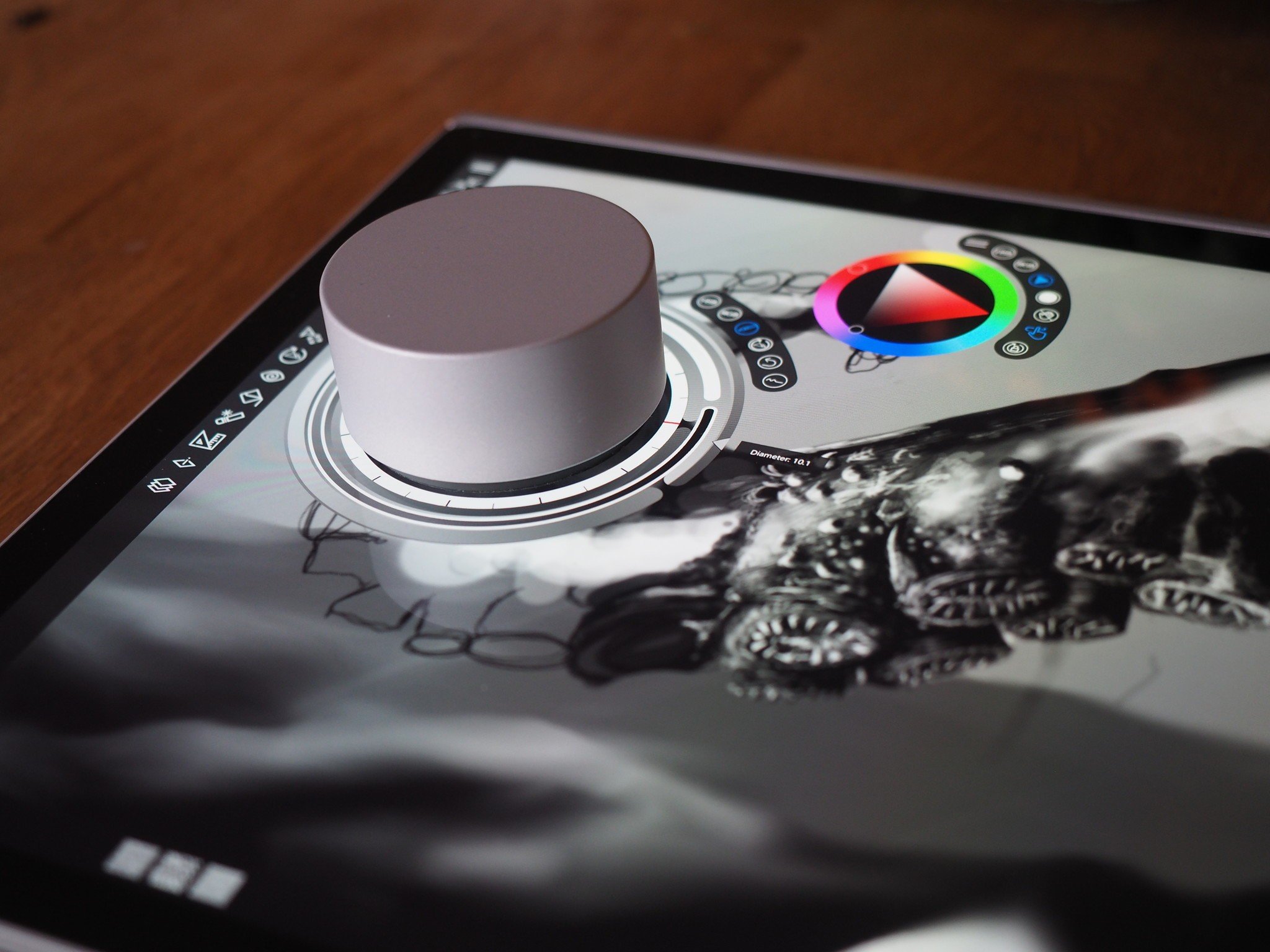
The Surface Book 2 is by no means a cheap PC. With the 15-inch model hitting over $3000 for its maxed-out configuration, a big question of value hangs over it, particularly when so many other PC manufacturers are offering some truly great alternatives.
I currently have the 15-inch 512GB SSD model, which incorporates 16GB of RAM, quad-core Core i7 processing, and a discrete GTX 1060 GPU. I moved from the original Surface Book to a Razer Blade 15 because I found the limitations on the internals of the OG Book to be too restrictive. However, I found myself really missing the Surface Book's from factor, with a 3:2 aspect ratio, and a digitizer touch screen for inking.
I've already written about what I'd like to see in a Surface Book 3, but I thought I'd answer some questions about how the Book 2 is holding up after a year of daily abuse from yours truly, across gaming, general work, and other use cases.
Still going strong, (mostly) problem-free
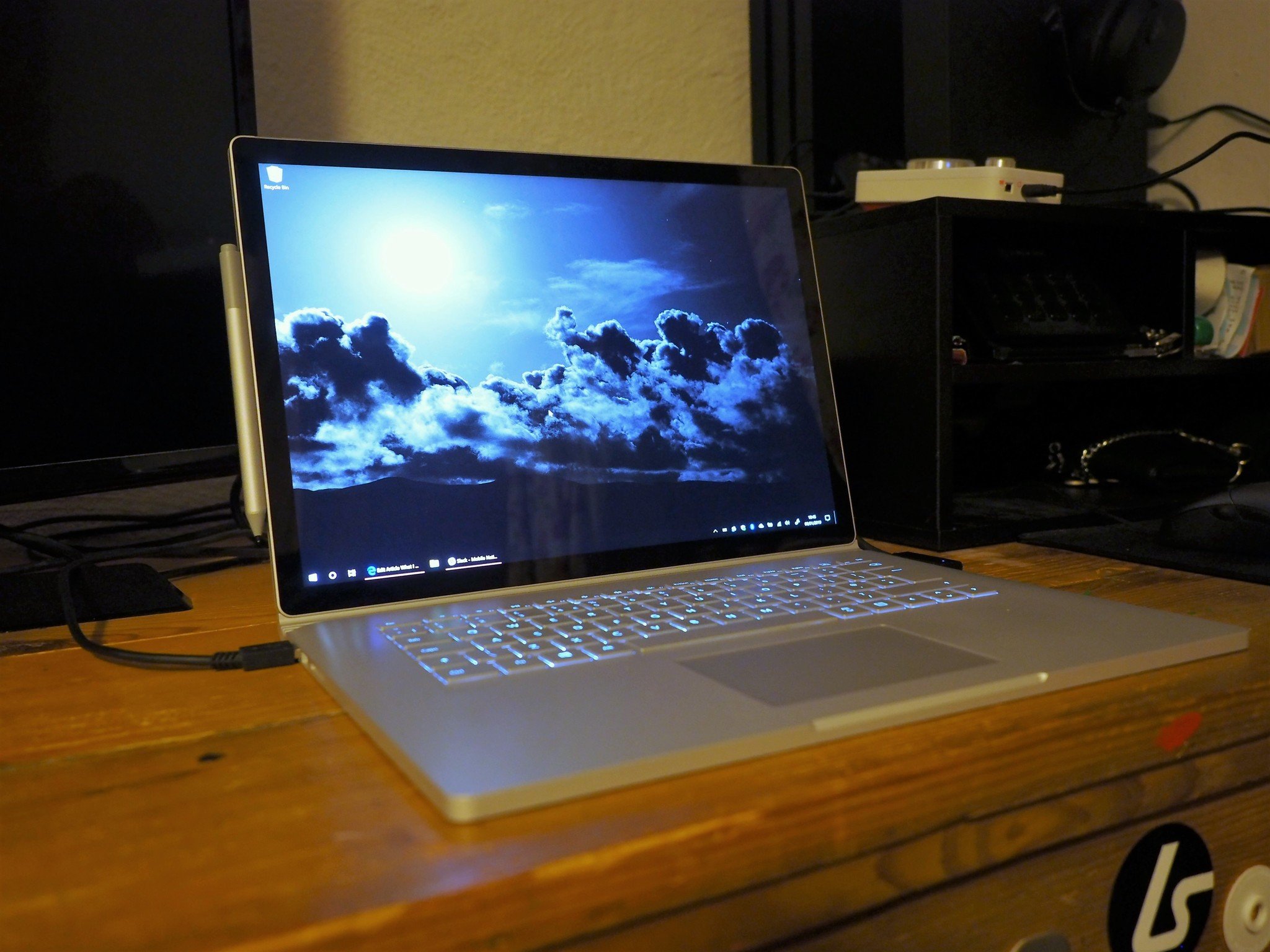
There's a stereotype that PCs degrade over time, and that's certainly true in some cases (and perhaps all cases if the amount of time is long enough), but the Surface Book 2 has proven to be effectively like-new, after a full year of near-constant use.
It's easy to clean, with metallic surfaces, simple occasional wipe down with an anti-static cloth is usually enough to keep it feeling like new. The keys too have survived literally millions of keystrokes, with no pesky space bar issues or key-travel degradation (hi Apple). I'm more than confident my Book 2 will survive many millions more, too.
I make some bad habits of eating at the PC as well, and while some other laptops can trap crumbs and other sorts of debris underneath the keys, I simply haven't found that to be the case with the Book 2. The gaps between the keys are so miniscule that it's simply hard to get anything lost underneath the keys, and if you do have a bit of a snack-binge, it remains super easy to clean.
Get the Windows Central Newsletter
All the latest news, reviews, and guides for Windows and Xbox diehards.
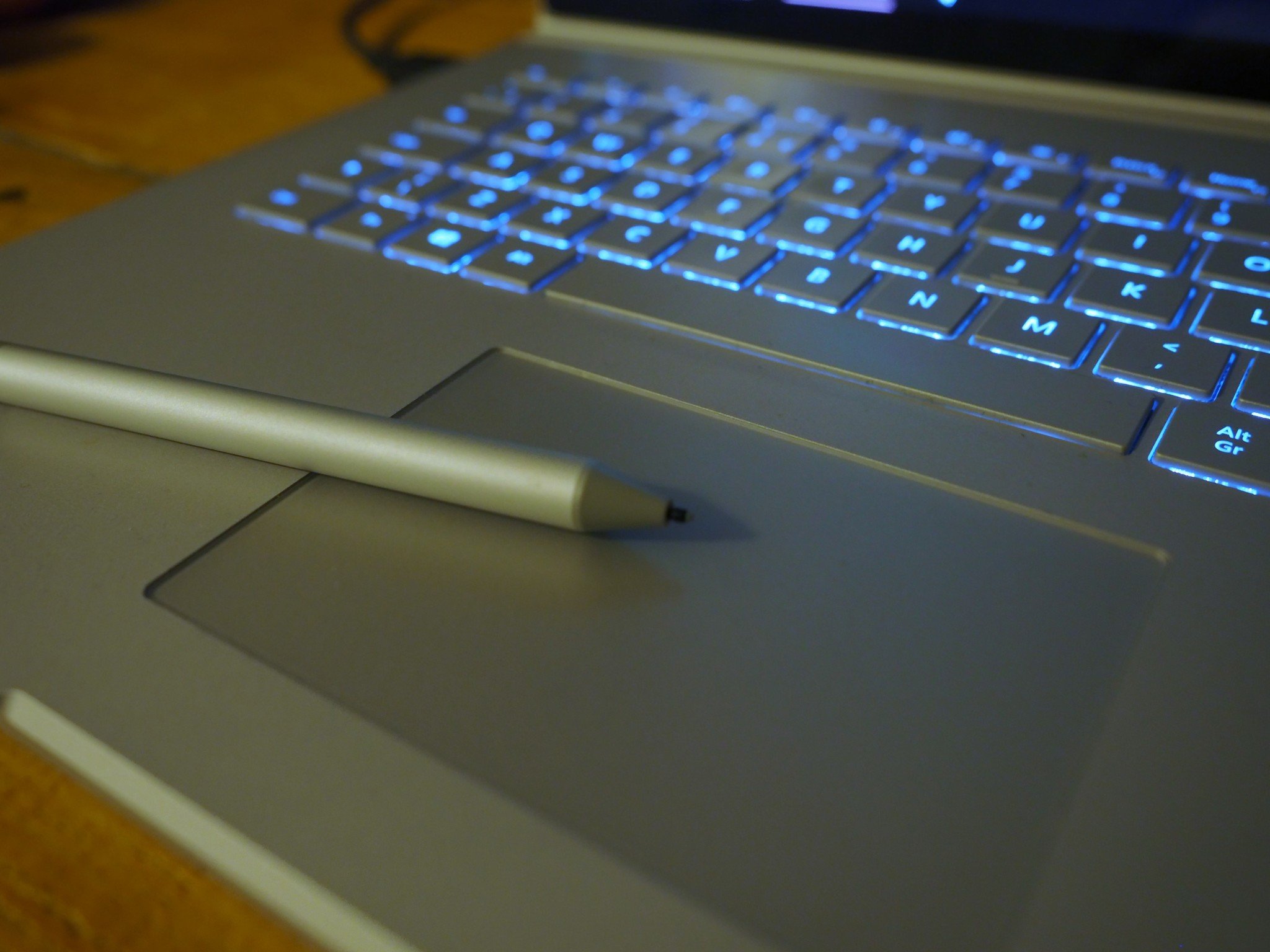
Some of the other "unique" aspects of the Book 2 design pertain to the hinge, whose vaguely controversial design has been the subject of scrutiny. After a year of opening and closing, it's still as stable as it ever was, (almost) openable with one hand, despite the magnetic clasp. Where it fails however, sometimes, is that it seems overly sensitive to detecting detachment from the base, when you're simply just trying to close it.
I'm not sure if that's a problem with my unit specifically, but it started happening around last summer. I'd close it or angle the display downwards a bit, and that familiar Windows "device disconnected" sound effect would chime, informing me that the d-GPU was no longer being detected. A simple de-attach, re-attach generally fixed the problem, but it's still rather annoying to have to deal with. Which leads me to our next section.
Unmatched versatility, with some redundancy
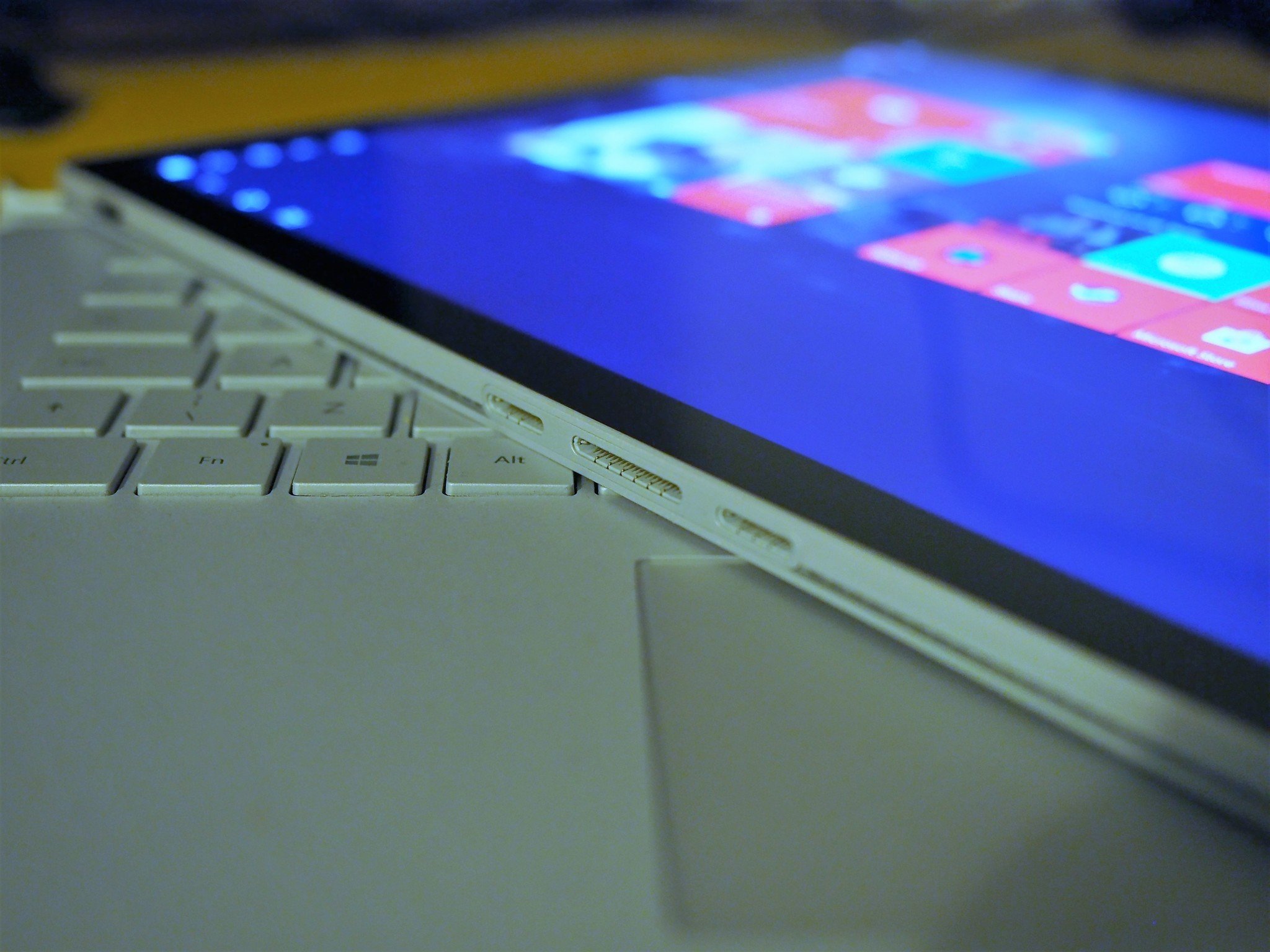
The Book 2's signature feature is the fact it can detach, separating the base unit from the display to take on a more tablet-like form factor. The d-GPU and main battery is housed in the base, along with the keyboard and trackpad. While the tablet portion houses the CPU, and its own dedicated, albeit much smaller battery. While I can see that some users may get a lot of use out of the tablet "clipboard," as Microsoft calls it, I can't help but feel that a 15-inch tablet is virtually useless. It's huge, it's unwieldy, it's heavy. It's not comfortable to hold, and it also presents a bunch of extraneous issues, such as the phantom detachments I mentioned earlier.
The main reason I use the tablet mode is to... simply reverse the display, and set it down into canvas mode for inking. A 360 degree hinge would make far more sense, though, for this sort of functionality, as seen with Lenovo's Yoga books or some Dell XPS models.
As annoying and inconvenient as it is to detach the display to set it down into inking mode, drawing on the Book 2 is utterly sublime. The large display is great for getting a wide view of your canvas, and if, like me, you're fairly new to the digital art medium, transitioning from paper to digitizer is far more easy when you can see your inking right underneath the tip of your pen. The latency is virtually imperceptible, and the palm muting and tilt shading all work flawlessly as if I'd purchased it day one.
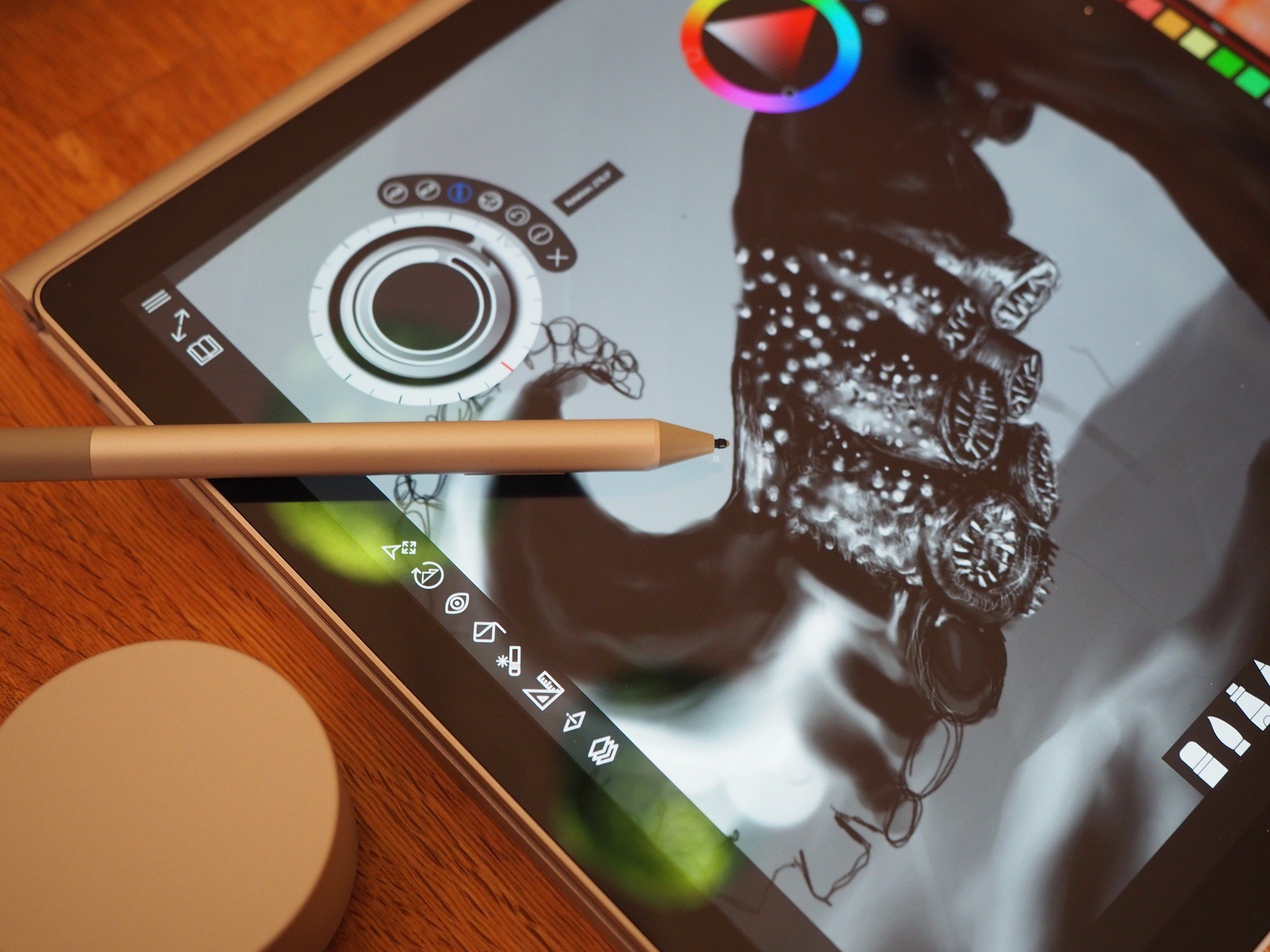
Another issue stemming from the Book 2's unique design pertains to its power draw, which we've written about fairly extensively before. This thing is powerful enough to run high-end graphics applications and intensive video games, with a Core i7 quad-core CPU and a GTX 1060 graphics processor, but maddeningly, it doesn't draw enough electricity from the wall to power the device to its full potential. When running a game on high settings, which the Book 2 is more than capable enough to do, the battery can drain out even when it's plugged in.
The Book 2 feels almost like a super-thin portable Xbox One S for gaming.
Eventually, you'll end up in a deadzone where the Book 2 automatically throttles itself to save power, cratering OS performance across the board. Effectively, you end up paying for hardware you can't use to its full potential in a lot of scenarios, which feels like either a gross oversight at an engineering level, or some kind of hard limitation on the form factor proposition. I'm not an engineer at all, but it feels odd for them to have included an option for such powerful internals while not giving the Book 2 enough power to run them properly.
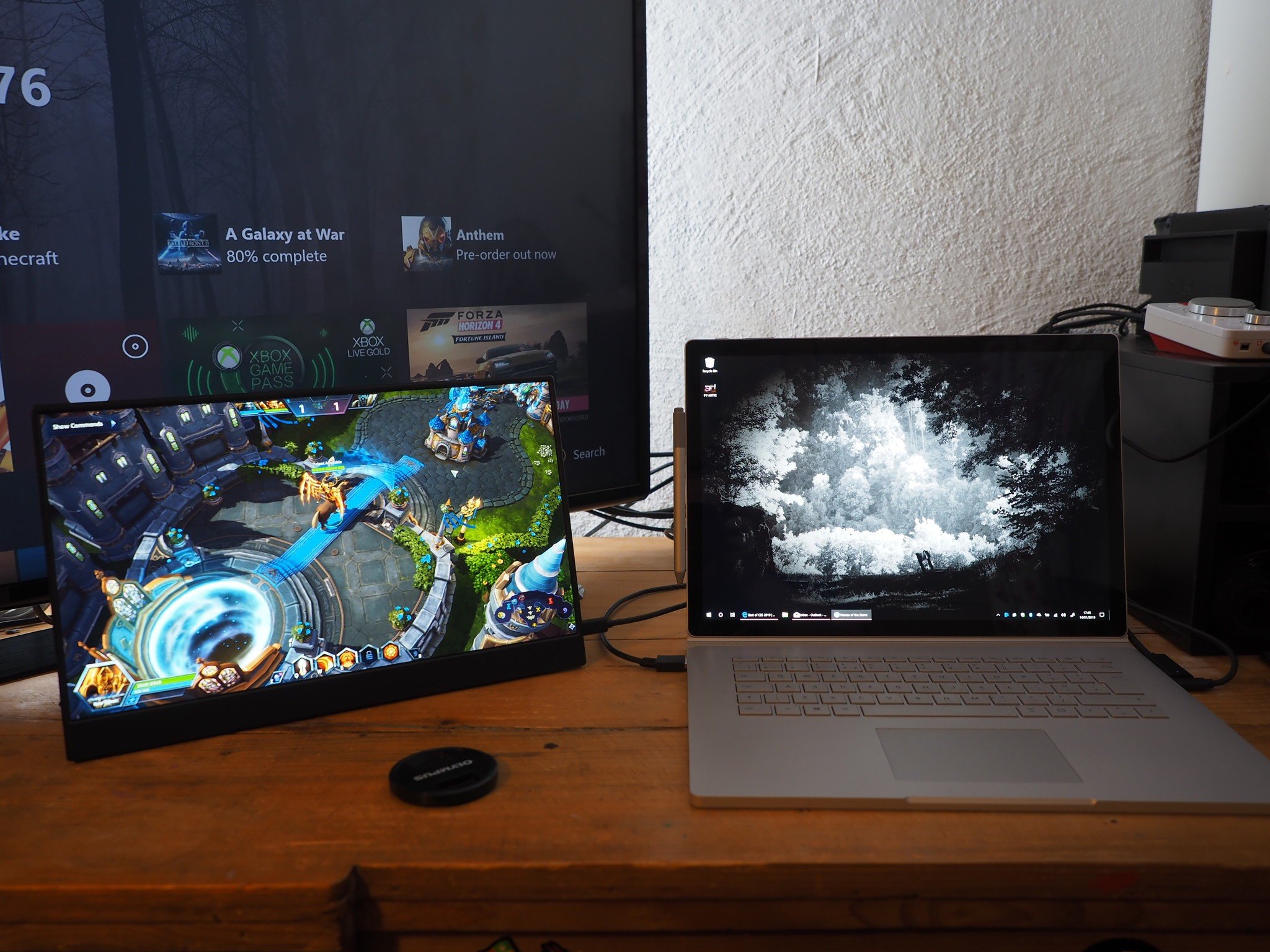
That said, it's still kind of awesome that a device this small, this light, and this thin, can run games competently at all (as long as you're willing to knock down the resolution to stop the battery draining out). The Book 2 feels almost like a super-thin portable Xbox One S for gaming in that sense, performing admirably at 1080p complete with Xbox wireless connectivity on the 15-inch model, for direct controller connections. All the PC games I play regularly, like Heroes of the Storm, Stellaris, World of Warcraft, and Overwatch, never give me a shred of trouble, at least when the OS is working properly, that is.
The problem is … Windows?
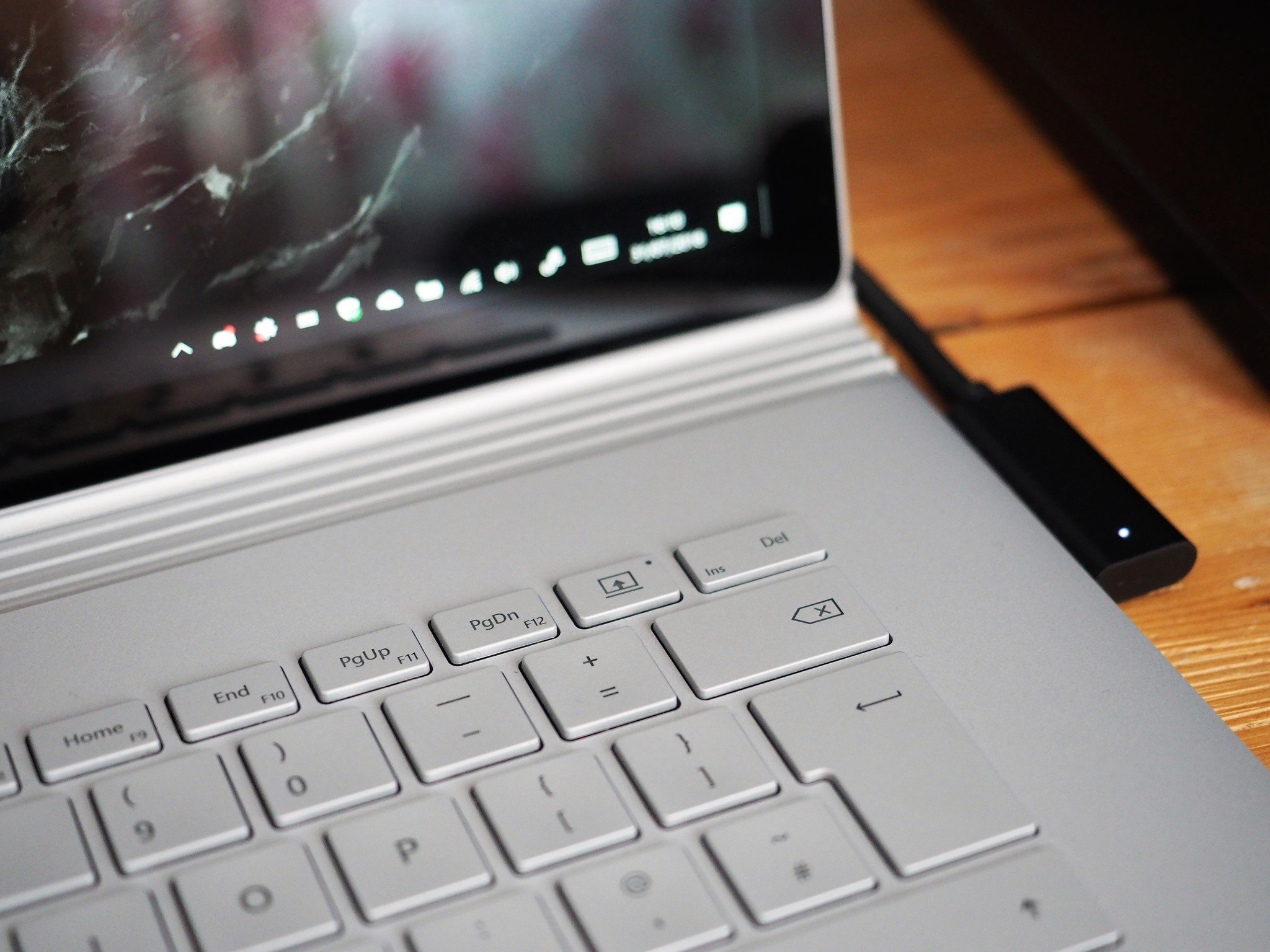
While my Surface Book 2 is stable as of writing, throughout the year that hasn't been the case. Microsoft has pushed at least a couple of updates that have caused me plenty of issues, from the dreaded phantom d-GPU bug all the way up to intermittent Blue Screens of Death, something the company acknowledged (and fixed) last summer. Still, I think I've had to fully refresh/reinstall Windows a few times on the Surface Book 2 to solve driver problems, especially pertaining to d-GPU detection, and also to roll back updates that caused other types of instability. Sometimes it has been a case of reinstalling a driver or booting via the BIOS menu (which, for some reason, seems to fix a lot of problems), but sometimes it simply hasn't been enough.
Additionally, it feels like Windows 10 is still a little bit behind the Surface team when it comes to the "marriage of software and hardware," so to speak, in the sense that the touch-oriented tablet mode on Windows 10 is still, simply rather bad. Some of the problems are trivial, like the non-centered full screen start menu, while others are a little more pervasive.
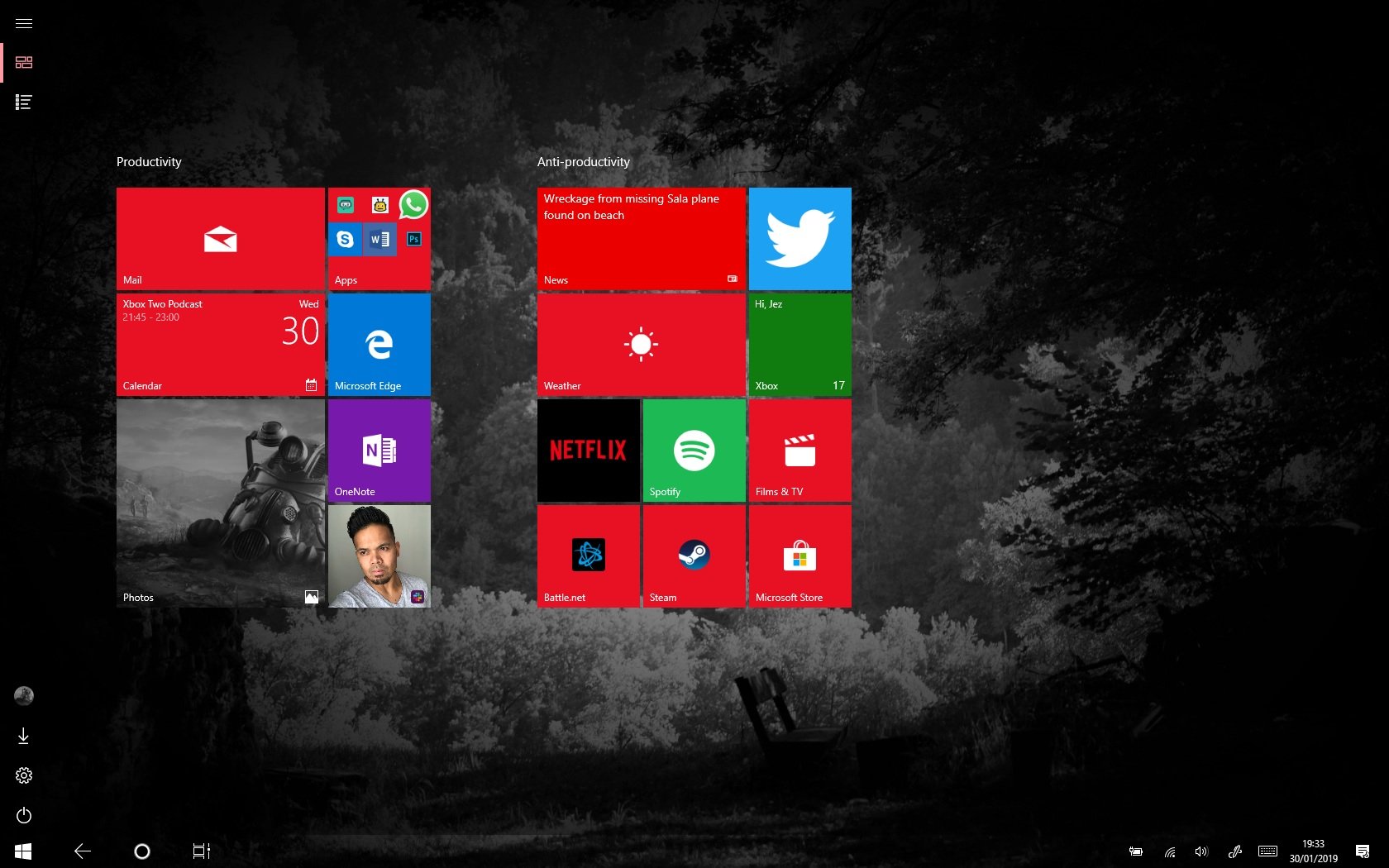
Navigating via touch is slower and clunkier than it was on Windows 8 in general, and the Windows 10 app store is arguably worse than ever for touch, supporting primarily apps optimized for full desktop, mouse and keyboard-style use. That's not a problem if you plan to use the Book 2 mostly on your desk, as I do, but you're also paying a premium for the 2-in-1 versatility. The hardware might work pretty well for this, but the software support simply isn't where it needs to be over all.
The Surface Book 2 is still the best PC I've ever used
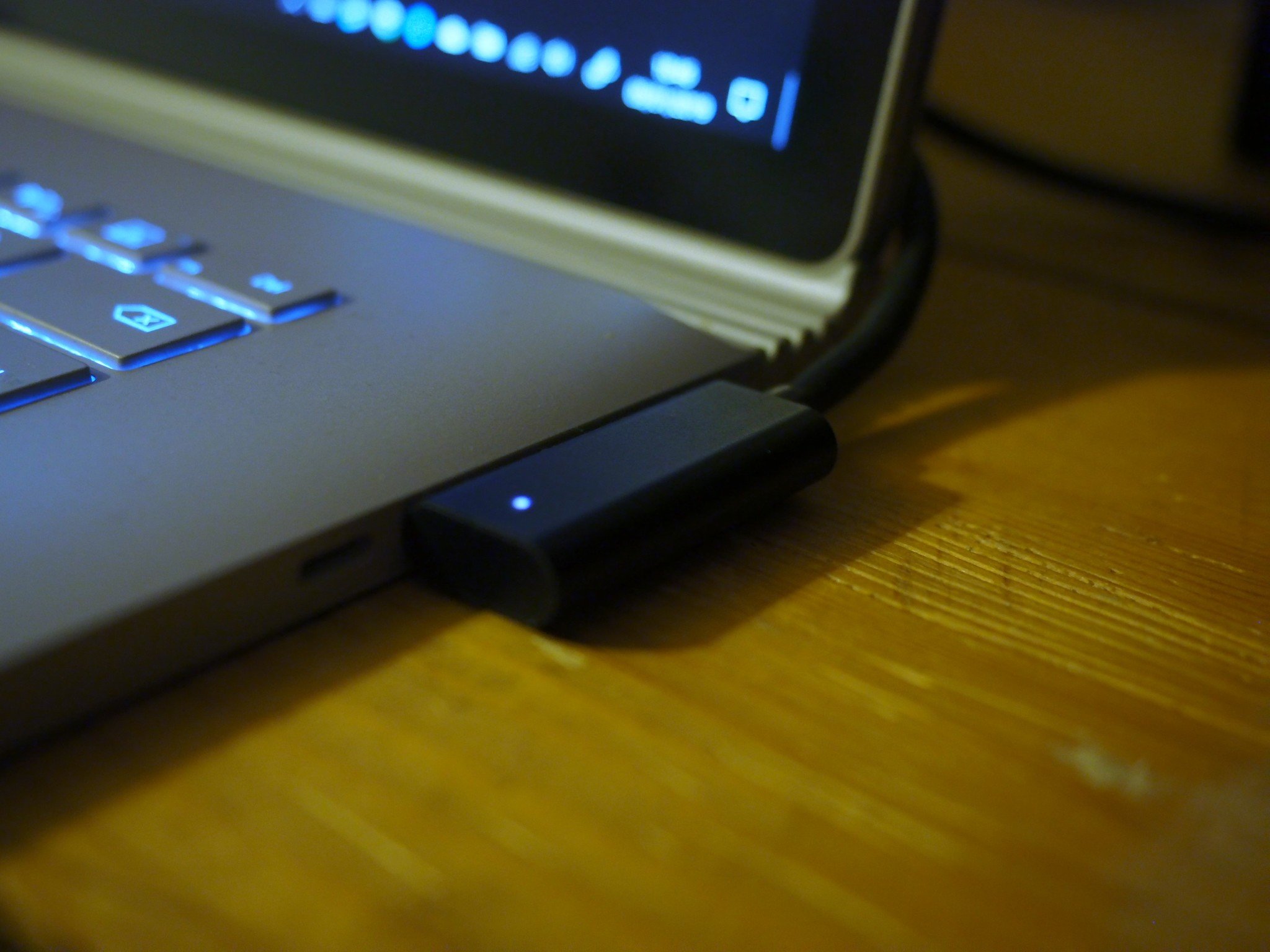
I have a bunch of gripes with the Book 2 after a year, but I still find it to be the best, most-polished PC experience you can get today. The hardware is as gorgeous as it is hard-wearing, Microsoft service support is rapid, and I just can't get enough of that pen. While I have problems with the detachable display, the overall form factor is sort of infectious. I love how slim and light this thing is, while rocking serious power. Also, there's just a ton of small details that coalesce into a greater whole. The oddly satisfying magnetic connector for the power supply, the flat edge on the Surface Pen for magnetic storage on the side of the display, SD card slot support, and instant sign-on via Windows Hello (which still feels crazy futuristic).
I hope Microsoft can iron out some of the shortcomings across the OS and finer hardware details in any prospective Surface Book 3, but the fundamentals are nailed so thoroughly that it's just hard to look at other PC manufacturers right now. The future of Surface is bright and exciting, and the Book 2 slammed that home for me harder than any previous Surface devices so far.

Jez Corden is the Executive Editor at Windows Central, focusing primarily on all things Xbox and gaming. Jez is known for breaking exclusive news and analysis as relates to the Microsoft ecosystem while being powered by tea. Follow on Twitter (X) and Threads, and listen to his XB2 Podcast, all about, you guessed it, Xbox!
